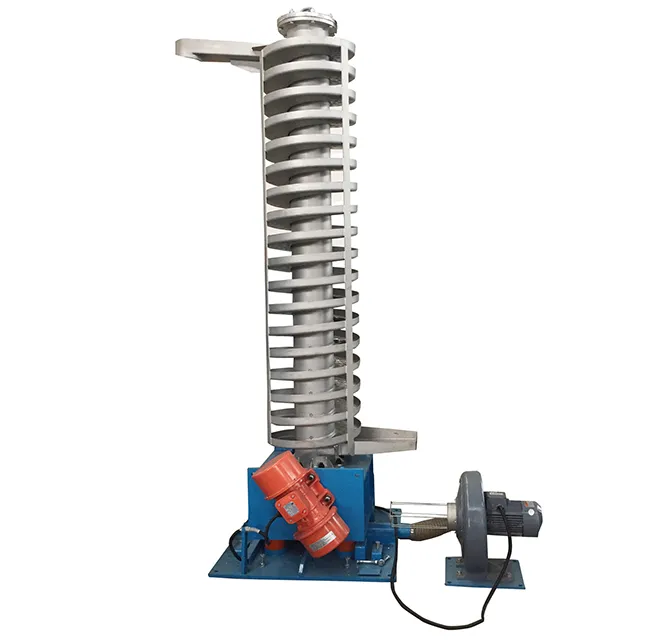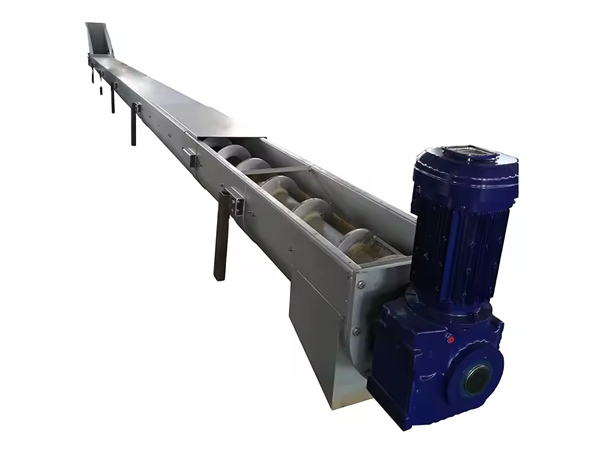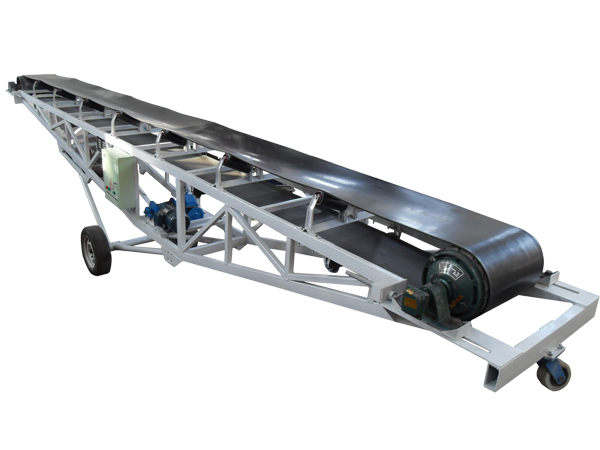Features, advantages and prices of hand grain suction machine for loading
Friday May-30 2025 17:13:18
The hand grain suction machine is a simple mechanical equipment that relies on hand operation to absorb and transport grain. It uses a hose or spiral auger design to achieve the absorption and directional transportation of grain. The transportation distance can reach 3-30 meters, and it can flexibly adapt to horizontal, inclined or vertical transportation needs. It is widely applicable to materials, including granular or powdered grains such as wheat, corn, and soybeans. The breakage rate during transportation is low, and the integrity of the grain is effectively maintained. The output can reach 6-20 tons per hour, which is especially suitable for rural individual households, temporary storage or open-air loading and unloading sites.
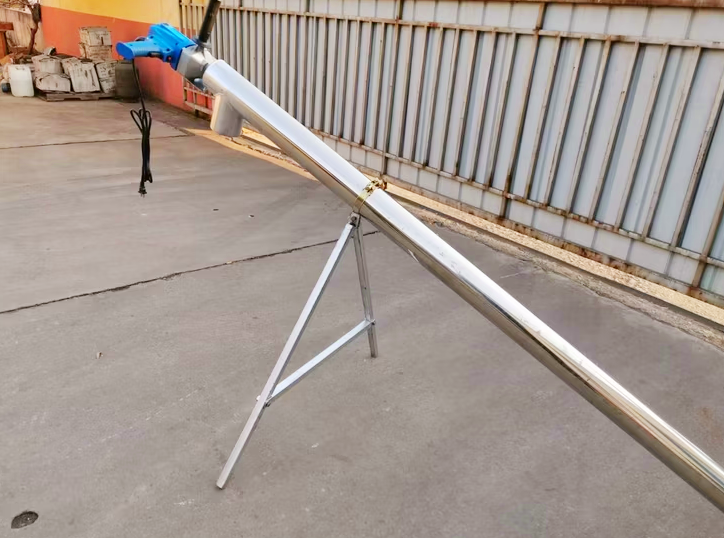
The hand grain suction machine is mainly suitable for small-batch and short-distance grain transportation, such as the transfer of a small amount of grain in a family and temporary grain collection in rural areas. Applicable materials are usually granular, fluid grains such as rice, wheat, corn, etc. In terms of conveying effect and output, the efficiency of hand grain suction machines is much lower than that of electric grain suction machines, and the conveying distance and height are also limited by the operator's physical strength and the design of the equipment.
Its conveying output is relatively low, which mainly depends on the operator's speed and the suction force of the equipment. It is usually measured in kg/minute, but the value will be relatively small. Despite this, its good portability, low cost and no need for electricity make it still valuable in specific small-scale application scenarios.
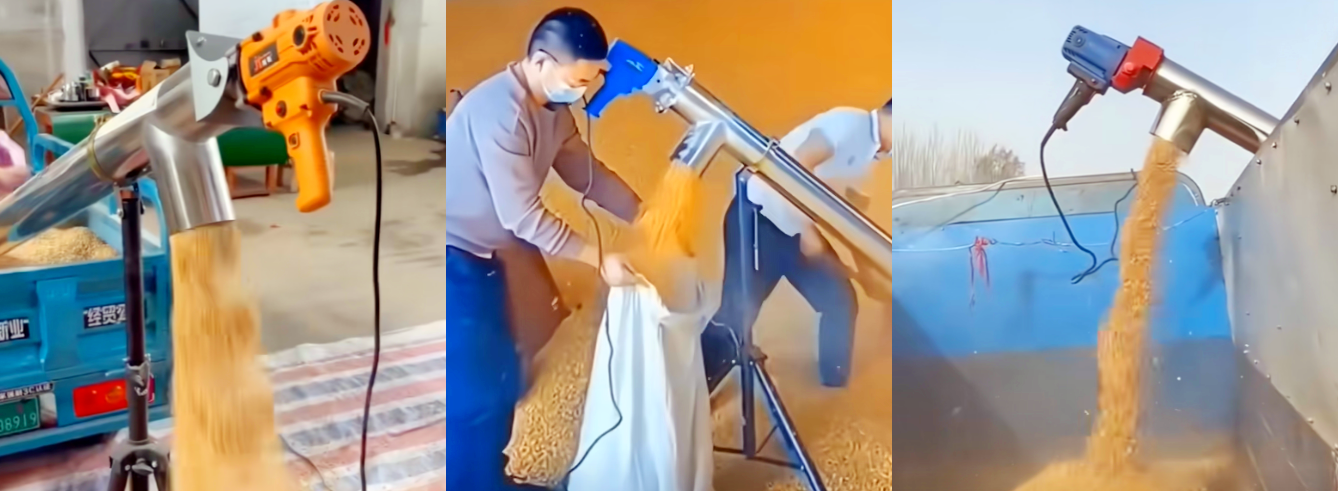
Manual grain suction machines are small equipment designed for agricultural grain transportation. Their main features are compact structure, light and flexible, easy to carry and move, and are particularly suitable for small and medium-sized farms or grain depots. The equipment usually uses a hose or spiral auger conveying system to realize horizontal, inclined or vertical grain transportation. The conveying distance is generally between 3-30 meters, adapting to a variety of terrains and working environments. The operation is simple and does not require complex technical support. Users can complete the suction, loading or stacking of grain through hand control, reducing labor intensity. In addition, the equipment supports non-standard customization, and the length or configuration can be adjusted according to user needs to meet personalized usage scenarios.
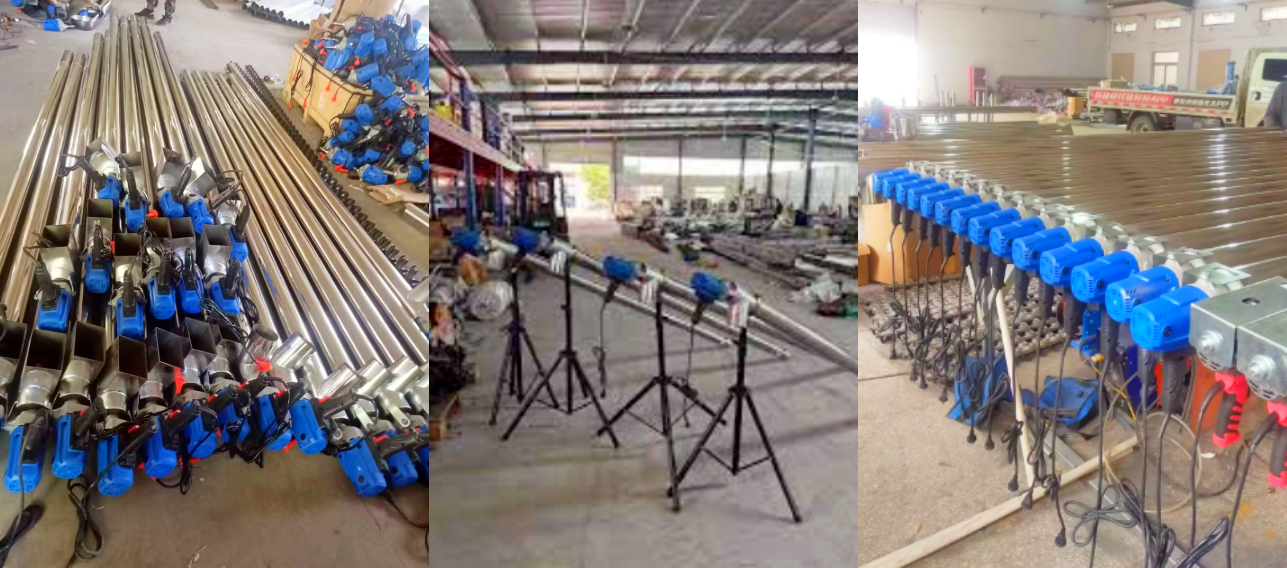
The uniqueness of the hand grain suction machine lies in its combination of high efficiency and low loss. Through pneumatic or mechanical conveying, it ensures that the grain breakage rate is extremely low. It is particularly suitable for conveying granular or powdered materials such as wheat, corn, and soybeans to maintain the integrity and quality of the grain. Compared with traditional hand handling, its conveying efficiency is significantly improved, and it can process 6-20 tons of grain per hour, which has the advantages of energy saving and time saving. At the same time, the equipment operates stably, has low maintenance costs, is strong and durable, and is suitable for long-term and high-frequency use. This combination of portability and efficiency makes the hand grain suction machine unique in small-scale agricultural production and an ideal choice for farmers and small grain stations.
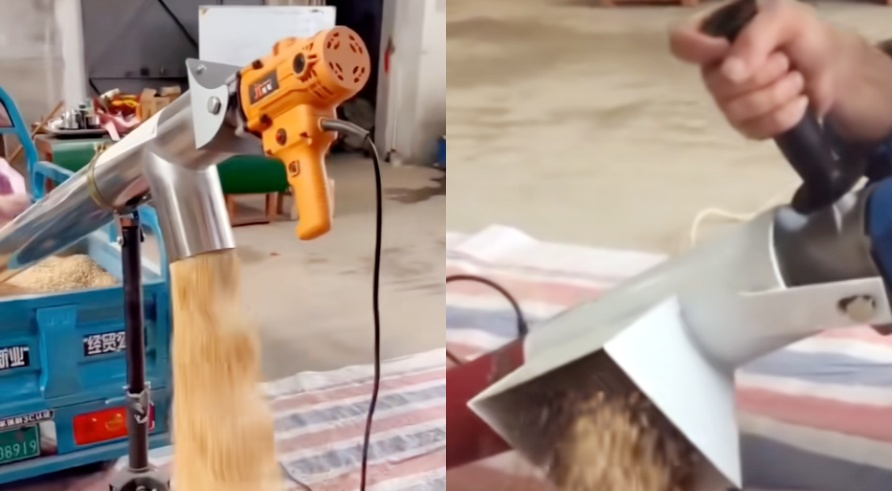
|
Model |
Length (Meter) |
Pipe diameter |
Loading capacity(tons/hour) |
Motor phase power(kw) |
Conveying height |
Price (USD/unit) |
|
RLS100 |
4 m |
100mm |
5-8 |
Single phase-3kw |
as the case may be |
120-230 |
|
RLS100 |
5 m |
100mm |
5-8 |
Single phase-3kw |
as the case may be |
120-230 |
|
RLS100 |
6 m |
100mm |
5-8 |
Single phase-3kw |
as the case may be |
120-230 |
|
RLS100 |
8 m |
100mm |
5-8 |
Single phase-3kw |
as the case may be |
120-230 |
|
(Customization) |
||||||
|
RLS120 |
4 m |
120mm |
10-15 |
Three-phase 4KW |
as the case may be |
120-230 |
|
RLS120 |
5 m |
120mm |
10-15 |
Three-phase 4KW |
as the case may be |
120-230 |
|
RLS120 |
6 m |
120mm |
10-15 |
Three-phase 4KW |
as the case may be |
120-230 |
|
RLS120 |
8 m |
120mm |
10-15 |
Three-phase 4KW |
as the case may be |
120-230 |
|
(Customization) |
||||||
|
RLS-160 |
4 m |
160mm |
10-15 |
Three-phase 5KW |
as the case may be |
220-480 |
In the process of material transportation, common problems include low handling efficiency, high labor intensity, grain loss and pollution, and poor working environment. The hand grain suction machine alleviates some of these problems to a certain extent through its specific working method. First, compared with the traditional hand shoulder-carrying and hand-carrying, the hand grain suction machine uses airflow to suck grain and transports it through pipelines, which significantly improves the handling efficiency and reduces the physical labor intensity of direct handling. Secondly, the closed pipeline transportation reduces the spillage of grain during the handling process, thereby reducing the loss of grain.
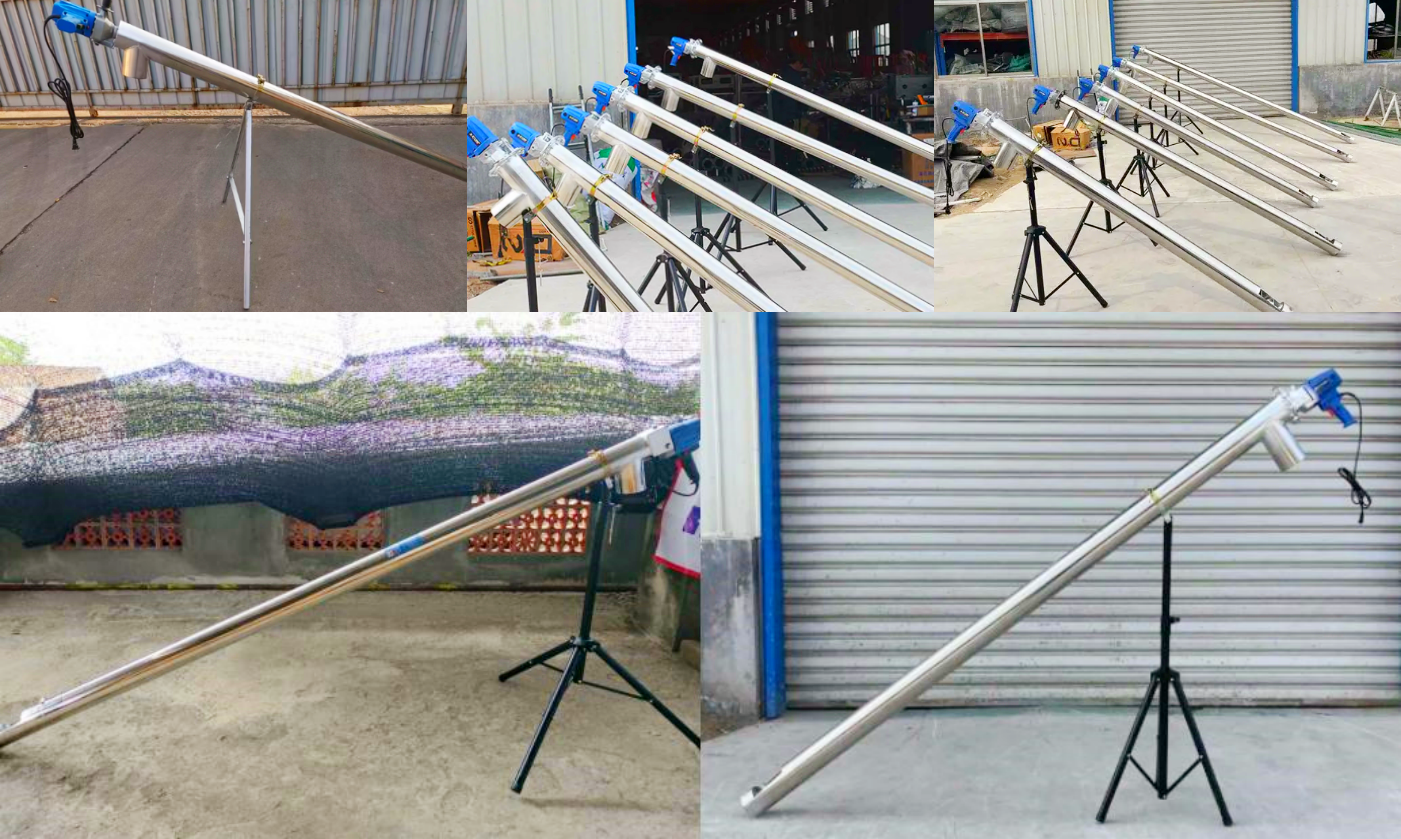
At the same time, this method also avoids the direct exposure of grain to the air, reduces the flying dust to a certain extent, and improves the working environment. However, it must be admitted that since the power comes from manpower, the hand grain suction machine seems to be unable to cope with the needs of large-scale and long-distance transportation, and its transportation effect will also be limited for materials that are easy to block or have poor fluidity. Therefore, the hand grain suction machine is more suitable for solving small-scale and short-distance grain handling problems. Its advantages lie in convenience and no need for electricity, rather than high efficiency and the ability to handle complex materials.
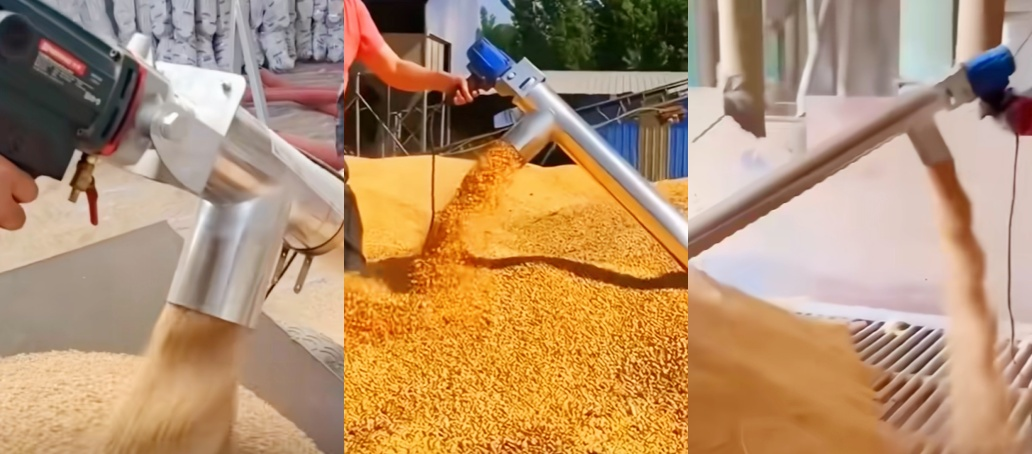
The hand grain suction machine has become an ideal tool for grain handling in the agricultural and warehousing fields with its low cost, high portability and easy maintenance. It is especially suitable for small farmers, temporary operations or emergency scenarios, and can effectively reduce the intensity of human labor and improve the efficiency and cleanliness of grain transfer. If large quantities and long distance transportation are required, it can be used in conjunction with electric equipment to form a complementary effect.
